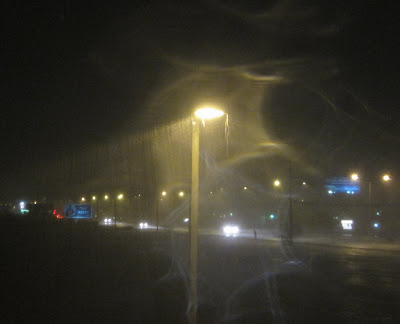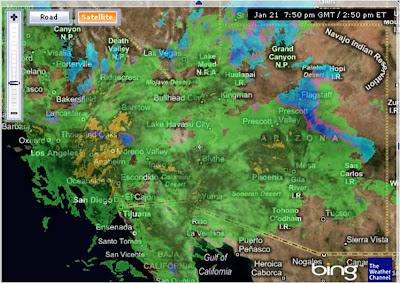We just left our spot near Wickenburg, where we were "off the grid" for the last 5 days. It was intersting being disconnected that long. Some lessons we learned is that our batteries really are our limiting resource. At around 4am on the 4th night, the heater fans died and the temperature in the trailer got pretty chilly. Soon, I set up the generator to get the heaters and other necessities going.
Here, Hilina has made a birthday party for all of her animals. Each has their piece of cake to eat!
We knew we had one more night to go, so I ran the generator for about 4 hours in two different sessions and figured that would adequately recharge the battery to make it through the night. Unfortunately, that was not the case. The heaters died again about 4am. I had pre-set up the generator this time and simply cranked it on and let it run until about 8am so we could avoid the chilly morning.
The lessons we learned with dispersed camping was that we need to manage our electricity use better and run the generator during times of high draw (such as showers that run the water pump).
We set up a bird feeder and hummingbird feeder on a mesquite tree near the trailer and within 24 hours we had constant visitors to both.
We have now moved onto Tonopah (about 45 miles west of Phoenix) to recharge the battery, dump and refill the fluids, and generally recharge. Then this week we head out to the Eagletail Mountains Wilderness for a few more days of dispersed camping. After the Eagletails, we'll head southeast toward Tucson.



























































